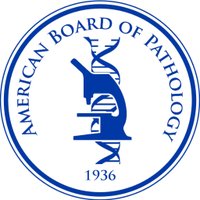
Hartford Hospital Pathology
@hhpathology
Department of Pathology & Laboratory Medicine @hartfordhosp | ACGME-accredited AP/CP Residency & Fellowship Programs | Tweets are not medical advice
ID: 917025312365563904
http://harthosp.org/health-professionals/education/residencies-fellowships/pathology-residency 08-10-2017 13:54:06
1,1K Tweet
1,1K Followers
426 Following




































